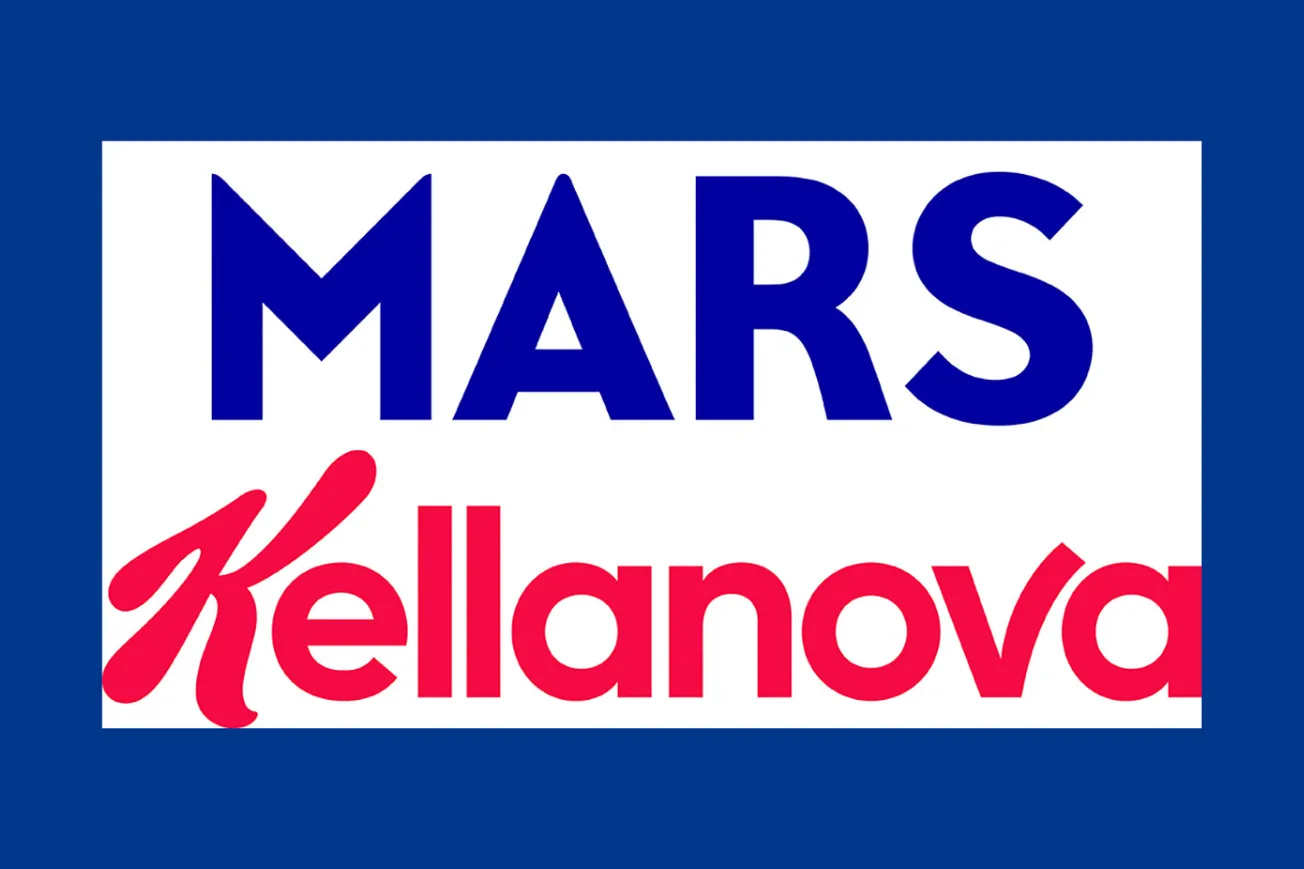LONDON — Tesco PLC, looking for ways to protect its market-leading position in the face of growing competition, is reportedly testing a discount format designed to help it better compete with the German discount chains Aldi and Lidl.
Tesco PLC, looking for ways to protect its market-leading position in the face of growing competition, is reportedly testing a discount format designed to help it better compete with the German discount chains Aldi and Lidl.
Tesco — one of Britain’s "Big Four" supermarket chains (with Walmart’s Asda, J. Sainsbury PLC and Wm Morrison Supermarkets PLC) — is using three of its One Stop convenience stores to try out a low-price, limited-assortment concept, according to press reports in the United Kingdom.
Such efforts are expected to become the norm in the coming year, as the top U.K. chains seek to regain lost market share.
"With all Big Four retailers publicly acknowledging the threat they face from the discounters, the focus in 2015 will be on defending their market positions better against Aldi and Lidl," says IGD senior retail analyst Nick Gladding.
Sainsbury opened the first of a planned 15 stores with the Danish discount chain Netto in November, and Gladding believes the company needs to push ahead with another 10 Netto openings by summer.
"This venture has got off to an encouraging start but it remains to be seen how the Netto concept will work in differing locations and, in particular, the impact on Sainsbury’s at the sites they share," he says.
The discount sector is the fastest-growing sector in the U.K. grocery market, according to IGD, which estimates current discount grocery sales at about 10 billion pounds in annual sales, and predicts that that figure will reach about 20 billion pounds in the next five years.
In addition to sharpening their prices, Gladding believes the Big Four chains also need to invest in improving the quality of their private label offerings, and should also seek to differentiate themselves not only through their in-store services and nonfood assortments, but by offering improved multichannel and digital capabilities, including "click & collect" programs aimed at making it easier for consumers to order products online and pick them up in stores.
"There’s much more to come from click & collect," Gladding says, "as it becomes more widely used by retailers to reach new and existing shoppers away from their stores.
"Sainsbury’s is likely to develop its fledgling grocery click & collect activities, and Morrisons has also promised a new click & collect concept. But it is Asda that has the most ambitious plans, as it seeks to build its market share in London and the South East and use the concept as an alternative to convenience stores. It aims to grow grocery click & collect from 400 to 600 sites over the next four years, take drive-through to 200 sites and is introducing the its first fully automated click & collect pods early in 2015."
Tesco has its own click & collect program, and Kantar Worldwide reports that the chain slowed its decline in sales in the 12 weeks ended December 7. Tesco’s sales for the period slipped 2.7%, according to Kantar, which is an improvement from the 3.7% decline recorded in the previous period.
Tesco is still the market share leader among U.K. supermarket retailers, Kantar reports, accounting for 29.1% of sales (down from 29.9% in 2013. Asda ranks No. 2 with 16.7% of sales (down from 16.9%), followed by Sainsbury’s at 16.5% (down from 16.8%) and Morrisons at 11.2% (down from 11.6%).
Aldi has a market share of just 4.9% in the United Kingdom, according to Kantar, but that is up from 4% in 2013. And Lidl’s market share is about 3.7%, up from 3.1% in 2013.
Kantar also reported that U.K. grocery sales declined in November for the first time in 20 years, although they rebounded slightly (up 0.7%) in December.





